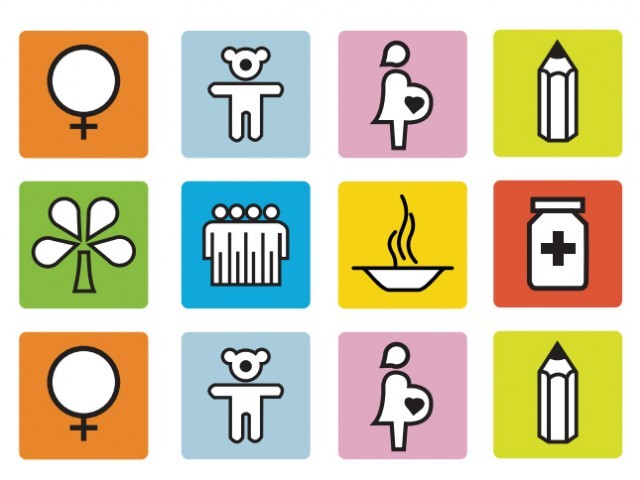Photo Credit: UN
Second in a series by Beatrice Halbach (LBJ MPAff Student) covering her internship at the Organization for Economic Cooperation and Development (OECD).
Earlier this month, heads of state, ministers and representatives of major international organizations involved in development met in Addis Ababa, Ethiopia to discuss how to finance the post-2015 development agenda, which will replace the Millennium Development Goals (MDGs) framework this September. To confirm their commitment to financing for development, the heads of state and government representatives signed a 38-page document, the Addis Ababa Action Agenda, which details the priorities of the new development agenda and identifies the major areas where financial intervention is needed. The document, like the post-2015 development agenda and its 17 Sustainable Development Goals (SDGs) and 169 associated targets, is extremely broad in scope. It includes everything from the importance of transparency in extractive industries and the dearth of foreign direct investment in developing countries, to the difficulties that women face obtaining financing.
Overall, the SDG framework represents a vast improvement over its predecessor, addressing most of the criticisms of the MDGs. It has done a remarkable job of addressing the “what” in development. It is intentionally comprehensive in scope, addressing perceived gaps in the MDGs such as inequality within and between countries, a lack of government and institutional capacity in many countries, and more nuanced understandings of gender, climate change, and environmental issues. The entire process of developing the SDGs has also been much more inclusive and transparent, actively involving the participation of developing and developed countries, public and private sector stakeholders, civil society, under-represented groups, scientific and knowledge institutions, and local governments.
The SDGs also do a better job of identifying and defining roles for the “who”—the myriad private and public actors that need to be involved in planning and implementation and that will be accountable for achieving outcomes. Through the Addis Ababa Action Agenda, the framework takes a vital step toward addressing problems of implementation by discussing methods of financing as well as renewing the global partnership for sustainable development.
However, critics have been quick to highlight that, by attempting to be universal in scope, the SDGs risk being too sprawled and messy to effectively guide governments with limited capacity. While this is a valid point, the solution is not to aim lower, not to cut down the goals to a smaller, more manageable or feasible number, and thereby leave out key elements that deserve a place on the global agenda (such as was the case with the MDGs). Rather, it should be made clear to those charged with implementing the SDGs that forging national development strategies will necessarily require prioritizing. In some cases, such as in fragile political states wracked by conflict, building up institutional and administrative capacity to implement strategies effectively (tied to goal 17) will be an essential foundation to making progress on most of the other goals. In countries facing enormous youth bulges in the coming decades, addressing demographic challenges through health and education policies (Goals 3 and 4) and creating productive jobs (Goal 8) will be more important than for those countries in which the population is aging.
Finally, it should be made clear that there exist both complementarities and trade-offs among the SDGs and associated targets, as has been highlighted jointly by the International Council for Science and the International Social Science Council in this report. The authors call for tackling targets in an integrated way as the most effective method for approaching the SDGs. For instance, they note that the target on increasing water efficiency in agriculture can help achieve the target for increased agricultural productivity. Pinpointing such interdependencies will be key for helping governments with limited financial resources and institutional capability reach the SDGs in an efficient manner. The authors also call for integration within the framework to mediate potential conflicts between goals and targets. For example, to prevent potential conflicts between goals regarding sustainability and those on industrial and agricultural development, they suggest linking “efficiency targets” for various inputs, such as water and energy, to the goals on food security, sustainable industrial development, sustainable consumption and production patterns, and so on. Efforts to identify and mediate potential trade-offs will be essential to ensuring that “development takes place within sustainable levels of resource use”—that is, that the Sustainable Development Goals are actually sustainable.
Edited by Jon Brandt

